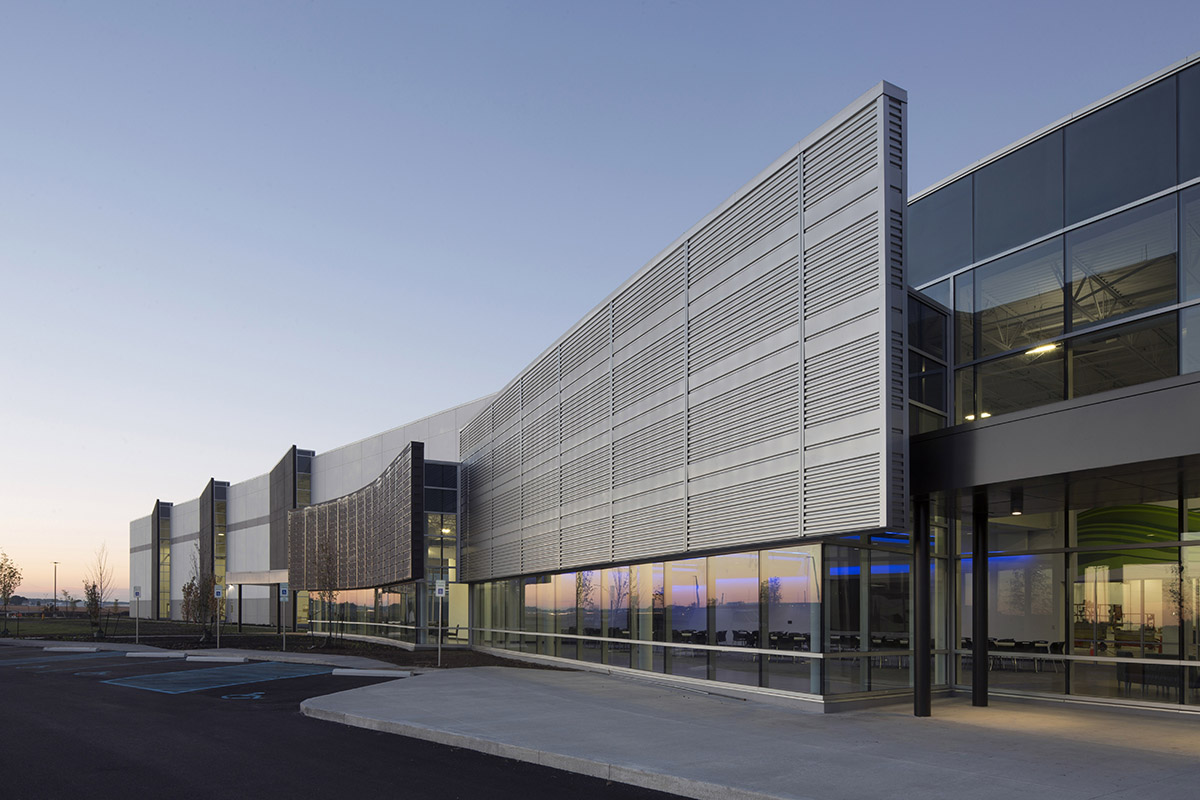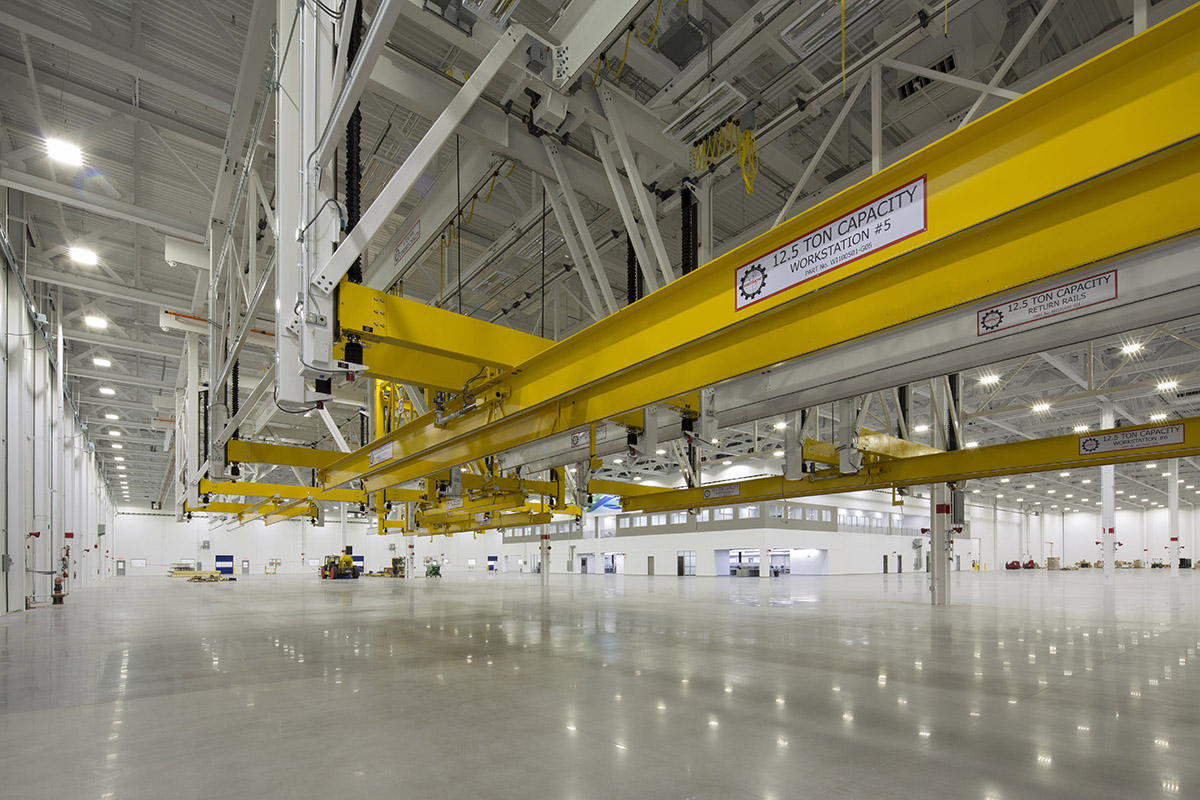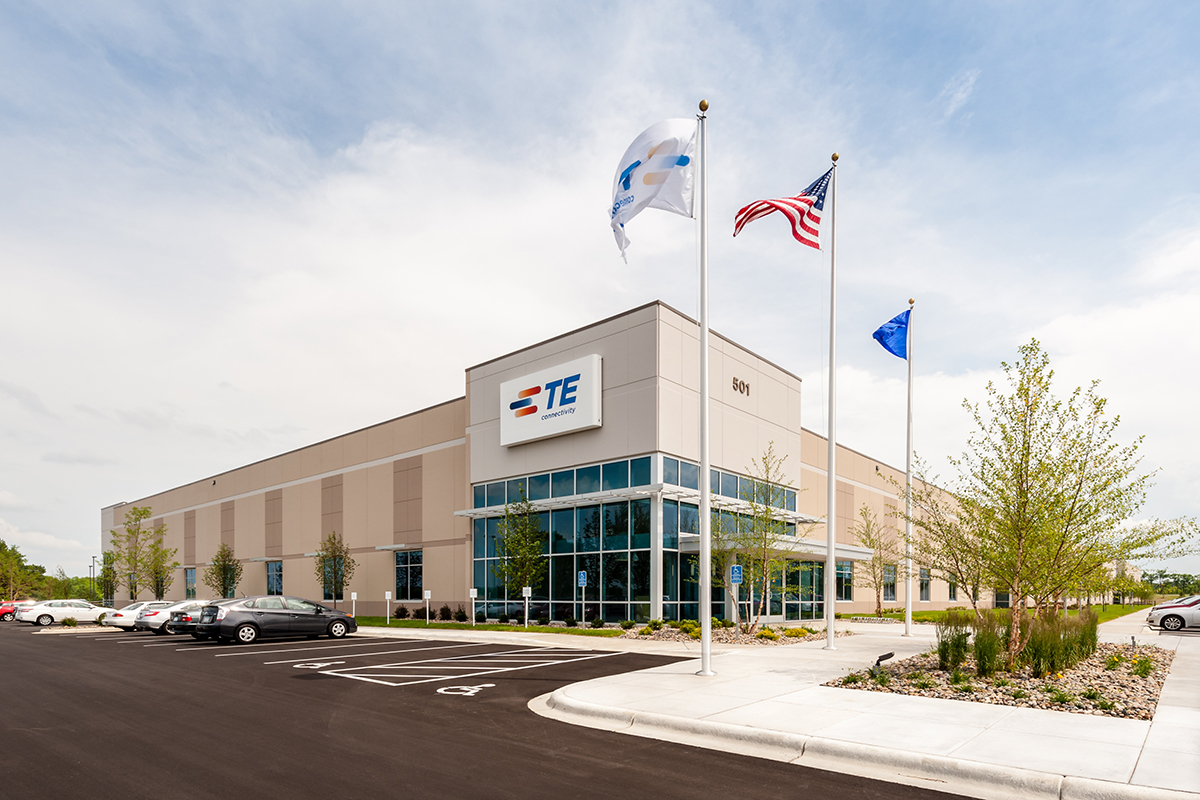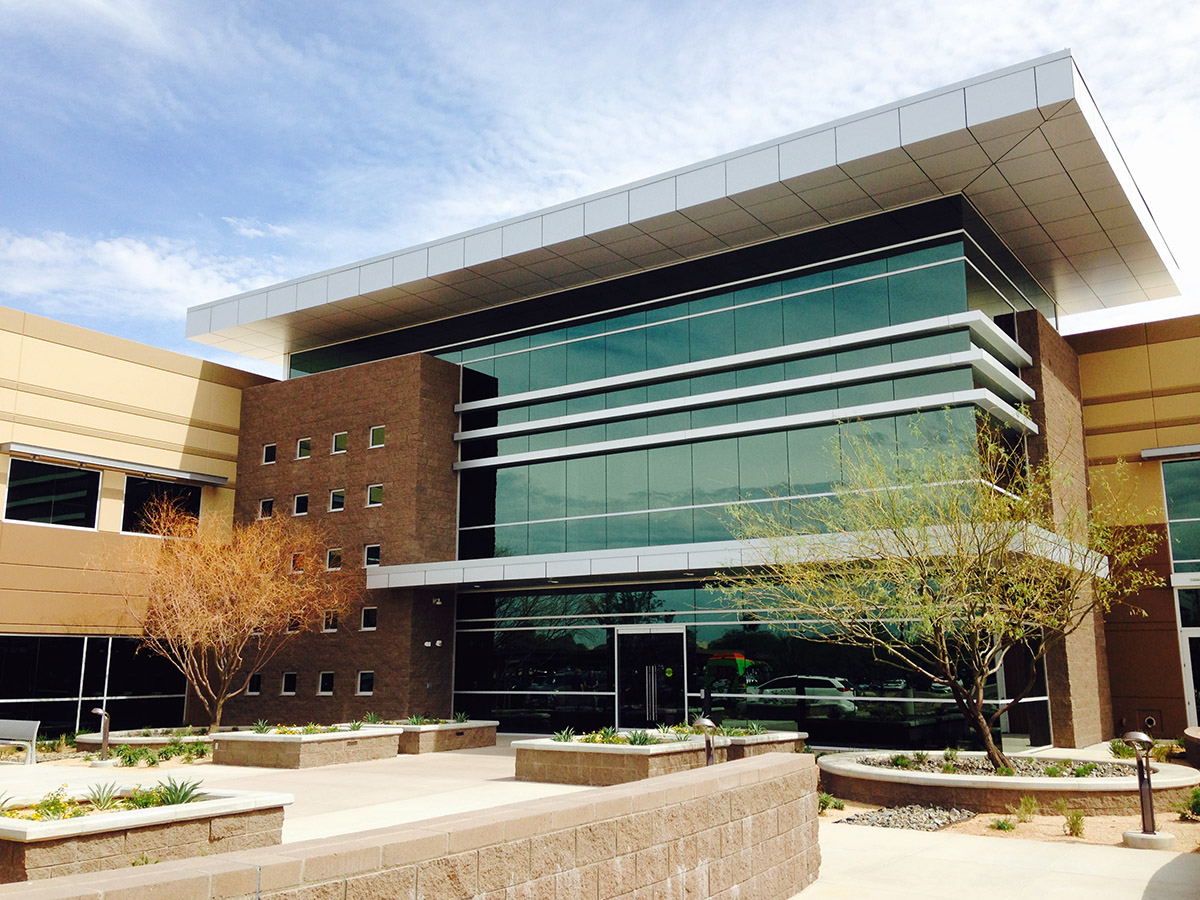Investment Intuition: A Talk With ElmTree Funds’ Founder
Jim Koman touches on the company’s investment focus, his predictions for the industrial sector and the hottest secondary markets right now.
By Alexandra Pacurar

The General Electric Aviation assembly plant in Lafayette, Ind., is part of ElmTree Funds’ portfolio. The company is among the top industrial owners in the U.S.
Jim Koman founded ElmTree Funds in 2011, just as the market started dusting off the effects of the economic collapse. Since then, the company has closed on deals totaling $6 billion for office, industrial and health-care properties that are net leased, sale-leasebacks or build-to-suits. In July, ElmTree announced the acquisition of six assets worth a cumulated $300 million, including a 1.2 million-square-foot build-to-suit industrial property in the Southwest and a 375,466-square-foot build-to-suit industrial development in Valley, Ala., leased to WestRock Co., a paper and packaging company.
The strengthening economy and tax reform have encouraged net lease investments, a segment known to be safe from variations in the market. ElmTree has also leveraged interest of foreign investors in U.S. real estate, making headlines after partnering with China Life on a $950 million deal. Koman discussed the company’s strategy and named a couple of hot markets worth looking into.
How did the changes in the economy, tax and credit regulation impact the net lease sector?

Jim Koman founded ElmTree Funds in 2011. He has been in the business for more than three decades, during which he established joint ventures and partnerships owning assets worth more than $3.6 billion.
Tax reform and the growth in infrastructure spending are expected to benefit the industrial sector primarily. Corporations are expected to use cost savings to fund capital expenditures and new developments, which should result in an increased demand for net-leased industrial warehouse and manufacturing facilities. With that said, positive economic trends are beneficial for the office sector as well, given economic growth typically results in increased demand for office space as corporations add to their workforce.
What can you tell us about the balance between foreign and domestic capital in the net lease investment environment? Has this ratio changed following revisions of trade policies?
Foreign capital has been extremely active in the net lease sector, as it is attracted to the stable yields that net lease assets often provide. In terms of the balance between foreign and domestic capital in the net lease sector, according to Real Capital Analytics data, approximately 16 percent of net lease industrial and office transactions in 2017 were completed by foreign investors. In May 2017, we partnered with China Life to execute a $950 million recapitalization of one of our existing net lease portfolios. The transaction gave China Life immediate scale and diversification in the U.S. market.
As it relates to trade policies, we have seen a slight decline in foreign capital investment activity, particularly in China. The 16 percent of net lease transactions completed by foreign capital in 2017 is a slight decline from the peak of foreign capital activity in 2015, during which, according to RCA data, 21 percent of net lease transactions were completed by foreign capital. With that said, foreign capital is still a much more active participant in the net lease sector relative to historical levels. For example, in 2013, foreign investors completed only 4.8 percent of net lease transactions in the year.

ElmTree Funds invests in the net lease, sale-leaseback and build-to-suit sectors. Its portfolio includes the General Electric Aviation assembly plant in Lafayette, Ind.
What are your predictions regarding the net lease sector going forward?
Current market fundamentals are positive, with strong economic growth, increased recognition from domestic investors and a continued influx of foreign capital. These strong fundamentals have led to stable pricing due to a continuance in demand from investors to acquire net-leased assets, which is expected to continue into 2018. Interest rates are rising, which may lead to minor upward movements in cap rates, but overall, due to the strong demand for net lease assets, we expect cap rates to remain relatively stable.
What can you tell us about the industrial market today?
The industrial sector is performing extremely well due to growth in e-commerce sales. The supply of large industrial warehouses that can serve the needs of modern e-commerce tenants cannot keep up with demand growth from tenants. This is driving strong annual rental growth for industrial properties, and as a result, highly attractive returns for investors.

ElmTree Funds targets properties in secondary and tertiary markets across the U.S. TE Connectivity’s development center in Minneapolis designs and manufactures medical equipment.
Is there room for more growth in the industrial sector?
Given supply has not yet caught up with demand growth, as evidenced by strong, positive net absorption figures and the fact that the e-commerce revolution is still relatively in its infancy, we believe the industrial sector should continue to perform well for the foreseeable future. For example, Amazon alone has absorbed approximately 34 million square feet of industrial space in 2017, with similar absorption expected for 2018.
Today, secondary markets are getting a lot of attention from real estate investors. Name a few hot markets for CRE investment.
Due to an increasing focus on operational efficiency and attracting top Millennial talent, corporations are placing an increased emphasis on determining the right location for their office headquarters, regional office facilities, and industrial distribution and manufacturing facilities. Companies are analyzing several factors when making real estate location decisions, including access to a skilled workforce, overall labor cost, a company’s proximity to regional markets and accessibility to highways and corporate tax incentives.
One city that performs well on a lot of those metrics is Raleigh, N.C. The city has a talented workforce with close proximity to top-tier universities, favorable government incentives and accessibility to other large markets through effective transportation infrastructure. We have also seen a lot of positive trends in Texas. Austin in particular is showing incredible demographic growth, and corporations are attracted to both the skilled labor force in the area and the favorable government incentives in Texas.

In 2017, China Life Insurance Group invested $950 million to recapitalize a portfolio owned by ElmTree that also included the GoDaddy Global Technology Center at the ASU Research Park in Tempe, Ariz.
Lastly, Richmond, Va., is another market showing positive trends. Richmond’s location in the heart of the East Coast’s economic corridor lends itself to its growing industrial market. More than 100 motor freight companies and brokers are located in the area, including specialists in heavy hauling, overdimensional loads, and liquid or dry bulk. In addition, Richmond is unique because it is served by two major interstates, rail, three airports and the Richmond Port of Virginia.
What are ElmTree Funds’ near- and long-term goals?
Our plan is to continue leveraging our institutional knowledge and relationships to access attractive net lease investment opportunities across the country. We recently acquired six assets totaling $300 million. These deals represent exactly the type of transactions we’re looking to source in the marketplace. We believe our proven approach and ability to execute net-lease transactions with high credit-quality tenants provides us with a sustainable competitive advantage.
Images courtesy of ElmTree Funds
Read the September 2018 issue of CPE.







You must be logged in to post a comment.